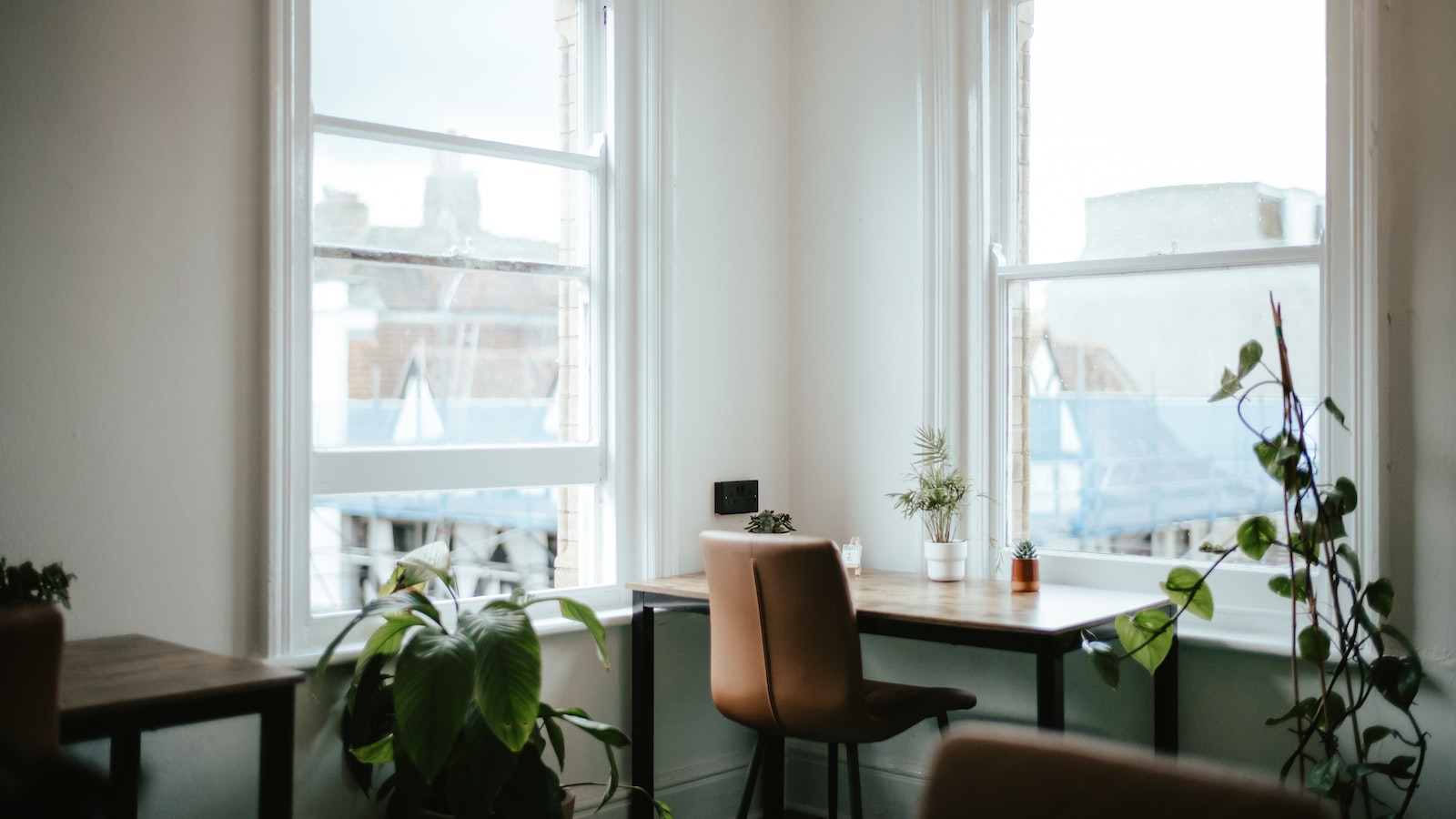Growing Peppers Indoors – Guidelines & Tips
If you’re looking for a new challenge in your gardening pursuits, pepper plants grown indoors can make for an interesting and rewarding experience. Whether you’re growing varieties for snacking on or for transferring to an outdoor location later on, the process isn’t overly difficult with the right guidelines & tips.
Choosing Your Pepper Seeds
When selecting pepper seeds for plant pots, look for varieties suitable for container gardening. These varieties are often more compact and smaller, and they’re also more tolerant of the drier soil and climate of an indoor location.
It’s a good idea to select pepper varieties that are suited to the indoor care environment, such as jalapeno, orana, anaheim and cherry peppers. You can also try other, spicier varieties, such as cayenne and habanero peppers, depending on your preference.
Indoor Growing Requirements
Pepper plants require a temperature of around 65–75°F. Although cooler air may not kill the plant, it will impede its growth and lower the number of blossoms and peppers that will eventually form.Similarly, temperatures over 85°F are detrimental for pepper plants, so make sure your space isn’t too warm.
Since peppers are grown for the fruit they produce and not the foliage, maintain a high level of light and, if possible, try to expose the plant to full sun when you can. The more sun a pepper plant receives, the more heat and energy it can absorb for developing full-bodied peppers.
Tips for Growing Peppers Indoors
- Use soil specifically designed for growing indoors and mix in some organic compost for additional nutrients.
- Make sure the plant pot you use has drainage holes to avoid overwatering.
- Position your plant somewhere it can receive enough natural day-night lighting patterns.
- Try not to move the plant around too much when it’s starting to grow, as pepper plants don’t respond well to changes in location.
- Water the plant regularly to keep the soil moist, but not wet. Overwatering can lead to root rot and mold.
- Eliminate any weeds and competitors for the pepper plant’s nutrients and sun.
Harvesting Your Peppers
Once your peppers reach full size and the fruit begins to turn a rich red, they’re ripe for harvesting. To remove, use a pair of scissors or a knife to carefully cut the pepper away from the stem; don’t pull it away.
Make sure to store your peppers in a cool, dark place as soon as possible to ensure they stay fresh, so you can enjoy the fruits of your labor.
Growing peppers indoors is a fun and rewarding endeavor, and with the right tips and tricks, you’ll be able to reap the rewards in no time.



